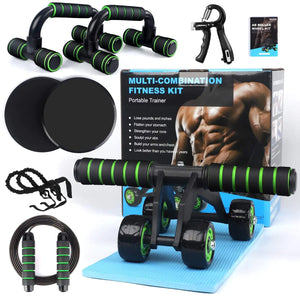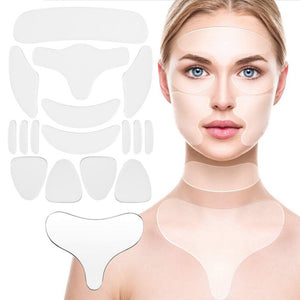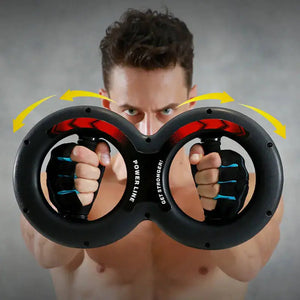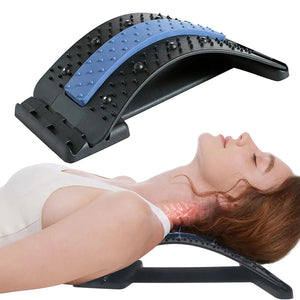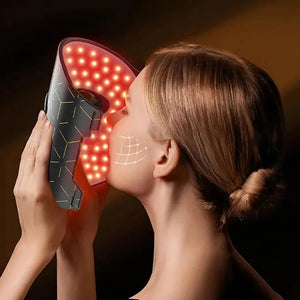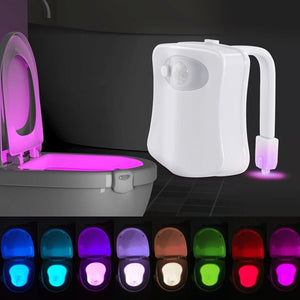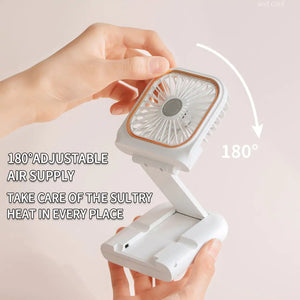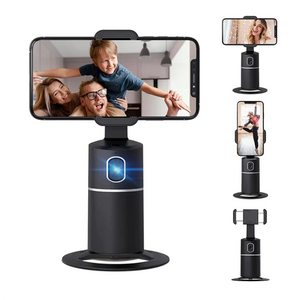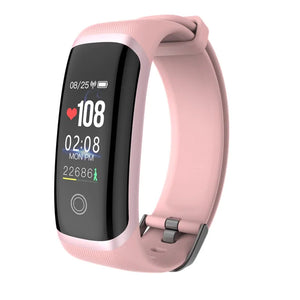
In today’s fast-paced, technology-driven world, millions of people spend hours each day sitting at desks, staring at screens, or performing repetitive physical tasks.
While this lifestyle has made work more efficient, the staff at Nifty Cool Stuff, our online lifestyle store, has also introduced a silent but significant health concern: poor ergonomics.
Understanding and applying ergonomic principles – the science of designing environments, tools, and tasks to fit the human body – is essential for maintaining both physical health and mental well-being.
Ergonomics isn’t just about comfort; it’s about creating conditions that allow people to thrive, stay productive, and lead longer, healthier lives.
What Is Ergonomics?
Ergonomics focuses on designing workspaces, tools, and systems that align with how our bodies naturally move and function.

The goal is to minimize strain, prevent injury, and enhance efficiency. In simple terms, good ergonomics means adjusting your environment to you, not the other way around.
This can apply to office chairs and computer setups, factory machinery, mobile devices, or even how you sleep at night.

At its core, ergonomics recognizes that humans are not one-size-fits-all. Each person has unique physical proportions, strength levels, and movement patterns. By tailoring environments to meet those needs, ergonomics helps reduce the mismatch between people and their tasks – a mismatch that often leads to fatigue, discomfort, and chronic health problems over time.
The Health Benefits of Proper Ergonomics
The most immediate benefit of good ergonomics is pain prevention.
Poor posture, repetitive motions, or long hours in fixed positions can lead to musculoskeletal disorders such as back pain, neck strain, carpal tunnel syndrome, and tendonitis. Over time, these conditions can become debilitating, affecting not only work performance but also overall quality of life.

For example, a poorly positioned computer monitor may cause users to crane their necks, leading to tension headaches and shoulder stiffness. An uncomfortable chair without lumbar support can result in chronic lower back pain.
By contrast, a properly designed ergonomic setup – where screens are at eye level, chairs support the natural curve of the spine, and wrists remain neutral while typing – helps maintain the body’s alignment and prevents strain before it starts.

Beyond the physical, ergonomics also supports mental health. A comfortable and efficient workspace reduces fatigue, improves focus, and lowers stress levels.
People who work in ergonomically designed environments tend to feel more energized, less frustrated, and more capable of concentrating on their tasks. In this way, ergonomics contributes directly to psychological well-being and overall happiness.

Ergonomics and Productivity
Good ergonomics doesn’t just protect health; it also boosts performance.
When workers aren’t distracted by discomfort or fatigue, they can sustain concentration and perform tasks more efficiently.
Studies have shown that ergonomic interventions – such as adjustable desks, proper lighting, and supportive seating – can significantly improve productivity and job satisfaction.

In essence, ergonomics creates a positive feedback loop: comfort improves focus, focus increases efficiency, and efficiency leads to greater job satisfaction and motivation.
Everyday Ergonomics Beyond the Workplace
While ergonomics is often associated with office settings, its importance extends far beyond the workplace.
At home, ergonomic principles can be applied to sleep setups, home offices, kitchens, and even exercise routines.

For example, maintaining a neutral spine while using a smartphone can prevent “text neck,” a growing problem among younger generations. Using supportive pillows and mattresses can promote better sleep posture, improving rest and recovery.
Even small lifestyle choices – such as adjusting the height of a countertop or using cushioned mats when standing for long periods – can have a lasting impact on joint health and comfort.

The rise of remote work has made home ergonomics more relevant than ever. Many people found themselves working from kitchen tables or couches not designed for long hours of sitting.
Over time, this can lead to posture problems and muscle imbalances. Investing in an ergonomic chair, an adjustable monitor stand, or a standing desk can help recreate the physical support of a professional workspace and protect long-term health.

Ergonomics as a Path to Longevity
Ultimately, ergonomics is about sustainability – sustaining the body, the mind, and performance over time.
Chronic pain, repetitive strain injuries, and fatigue can limit mobility and independence as people age. By prioritizing ergonomics early in life, individuals can reduce these risks and enjoy a higher quality of life well into their later years.

Ergonomics encourages movement, balance, and mindfulness about posture and physical habits.
Whether it’s standing up to stretch every hour, alternating between sitting and standing, or simply being aware of body mechanics, small ergonomic practices accumulate into significant long-term benefits.

Conclusion
Leading a full and healthy life means caring for your body and mind in every environment you inhabit.
Ergonomics provides the blueprint for doing exactly that, aligning how we live and work with how our bodies are naturally designed to function. By embracing ergonomic design in daily life, we can prevent injury, enhance focus, boost productivity, and promote long-term well-being.

This is likely why the Ergonomics section at Nifty Cool Stuff is one of our most popular shopping destinations. Feel free to check it out and see which quality items will work for you.
In a world that increasingly values efficiency and speed, ergonomics reminds us to slow down, listen to our bodies, and create spaces that help us live comfortably, healthily, and fully.









